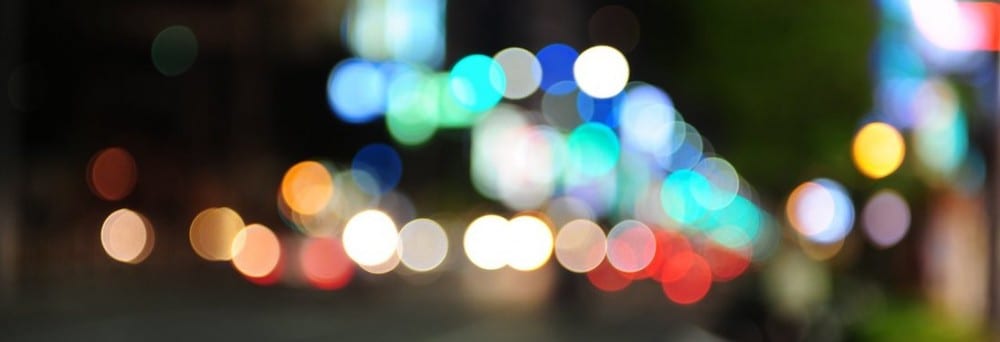Following a previous blog post about finding a sign in which we can evoke an equal degree of participation from our audience members we took to looking at the fourth plinth in Trafalgar square. The fourth plinth is a blank platform in Trafalgar square which was originally intended to hold an equestrian statue of William IV but due to insufficient funds it was left blank. When trying to decide what to display on the plinth in 1998 the RSA put forward the option of displaying three temporary contemporary sculptures to be displayed at separate times. Once this had occurred it was decided that this be a continuing theme on the plinth and have it as a rolling programme of temporary art works. We feel by the plinth doing this it allows the public to have an equal degree of participation as they are allowed to display their artworks. An even greater example of public participation with the plinth was when Antony Gormley performed ‘One and other’ on the plinth where he used members of the public at different times for an hour each as his artwork. He said “It will be an experiment, I imagine that there will be extroverts who will see this as an opportunity to do the biggest part trick ever. But I have no expectations. I would be absolutely happy if somebody got up there with an umbrella and just stood still for an hour. The idea is that this will be a portrait of Britain made out of 2,400 hours of 2,400 people’s lives.” (Sooke, 2009) We have decided to something similar with our final sign and will encourage the audience to write down what they would be comfortable holding up to the public for social interaction. The sign will be a large whiteboard with ‘What would you write?..’ written at the top and on the flip side of the sign, we will be handing over a whiteboard marker allowing the audience member to write on the board what they would hold up and then to continue this participation we will be asking them to hold the sign for a minute or two and taking a picture of them holding the sign and maybe getting some public participation.
Sooke, A. (2009) Antony Gormley’s Fourth Plinth, Trafalgar Square. The Telegraph, 26 Feb. [Accessed Online] at: http://www.telegraph.co.uk/culture/4838343/Antony-Gormleys-Fourth-Plinth-Trafalgar-Square.html
